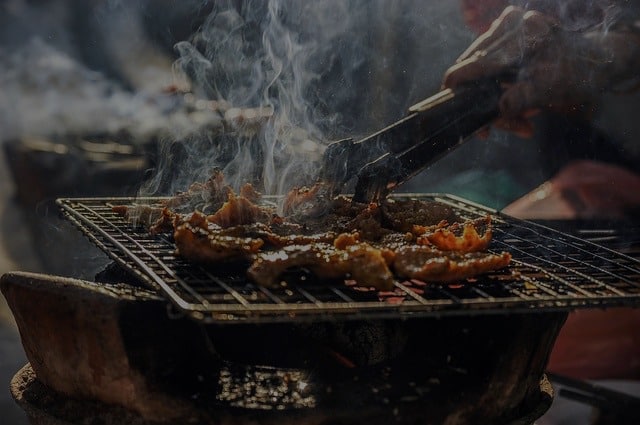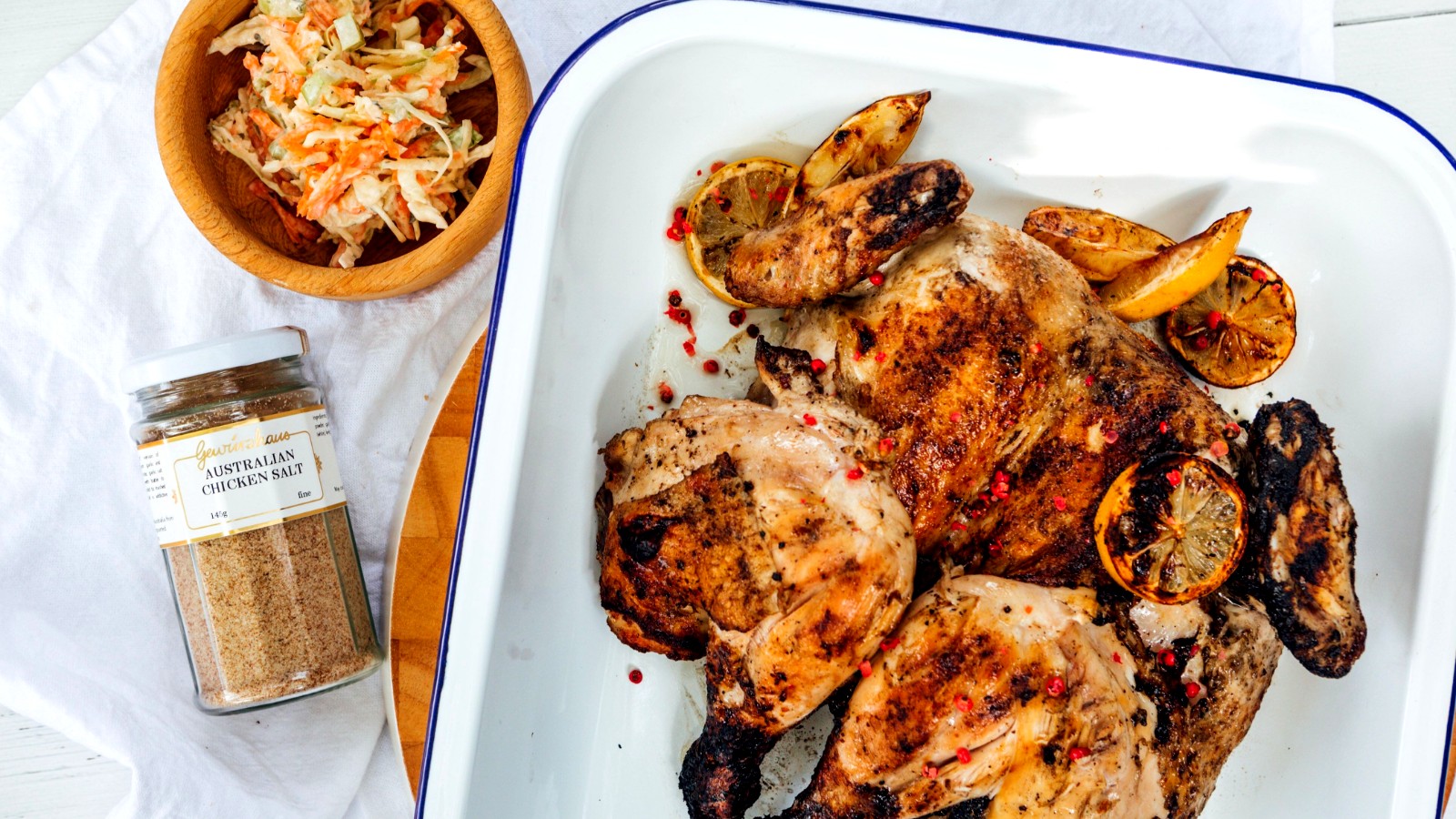
You may be considering buying a grill. Are you curious about the pros and cons between charcoal and gas? We've listed the pros and cons for each, regardless of whether you prefer the convenience or taste of a gas-grill. This guide will help you make an informed decision. This article will help you understand the differences between these two grill types. You'll also learn which one is right for you.
Charcoal gives meat a richer, smoky taste, while gas grills have metal grates that prevent the drippings from hitting your food. Gas grills produce steam more than charcoal, which helps meat retain its natural flavors. Charcoal grills take longer to heat up, clean up, and can be messy. You must also dispose of the ashes once you have used them.

Gas grills have many disadvantages. Gas grills require less fuel, are easier to clean, and emit fewer carcinogens compared to charcoal. They are also more energy-efficient. They produce smoke but are easier to manage than charcoal grills. Charcoal grills have been deemed obsolete, so they are best used for simple grilled meals.
There are definite advantages and disadvantages to each method, and choosing a grill that best meets your needs is essential for a satisfying cooking experience. Charcoal grills tends to smear more that gas ones and produce more Infrared Heat than gas. Uncontrollable flare-ups in gas grills can pose a safety risk. Your individual preferences and situation will dictate your final choice. Both grill types can make mouthwatering food. Make sure you choose the one that is best for you.
The most common question about charcoal and gas grills is "which is better?" This is an open question that can be debated and people may have different preferences. Some charcoal purists believe that gas grills lack the right BBQ flavor. Gas grill snobs will disagree. And it's possible to get certain results with a gas grill, if you're willing to spend more money on gas.

One of the main disadvantages of using charcoal is the smell of charcoal. Charcoal produces a lot of smoke but is much less than the smoke from gas grills. Guaiacol is the chemical that gives charcoal a smokey taste. These disadvantages should not be a reason to choose charcoal over gas grills.
One of the major advantages of using a charcoal grill is that it is cheaper than a gas grill. A basic charcoal grill will set you back $30-$40 while a premium gas grill will cost you in the hundreds. Charcoal grills are easier to clean and require less space than gas grills. While charcoal grills are more appealing than gas, if you're not a fan of charcoal, a gas barbecue might be a better choice.
FAQ
Where can I get free online cooking lessons
Many websites offer cooking lessons for free. YouTube is a great place to search for cooking videos. You may have access to thousands upon thousands of recipes on some websites. These sites usually require you to pay a monthly fee, but you can try them out for free for 30 days.
What is the average time it takes to become a chef? What is the average career track?
The average time it takes to become a chef is five years. In this period, you will learn basic cooking skills and experience as a kitchen assistant. You can apply for line, sous or executive chef positions after you complete your training. The average salary for a chef ranges from $25,000 to $60,000 per year.
How Much Does It Cost to Study Culinary Arts?
You will find that the price to study culinary arts is variable. A four-year degree in culinary arts typically costs around $40,000. A two year associate's degree might cost less than $5,000. The tuition rate you choose depends on the program. The prices charged by private institutions are generally higher than the public.
What skills are necessary to attend culinary school
To be a chef you need to be able and able to cook well. You should enroll in cooking classes at local community colleges or high schools to learn how to cook. Once you have learned the basics of cooking, it is time to look for work at a restaurant.
Statistics
- You'll be amazed that over 90% of CIA students receive scholarships and grants to finish their culinary studies. (ischoolconnect.com)
- The median pay for a chef or head cook is $53,380 per year or $25.66/hour, according to the U.S. Bureau of Labor Statistics (BLS). (learnhowtobecome.org)
- In the United States, the category is estimated at $23.2 billion annually and is growing faster than the market. (washingtonpost.com)
External Links
How To
How to make an omelet that is perfect
Omelets are my favorite breakfast dish. How do you make them perfect? I have tried many different recipes and methods, but none of them work. Today, I'd like to share some tips with you in order to make delicious and fluffy omelets every day.
It is important to know that eggs can be temperamental when making omelets. They must be fresh, preferably from the organic market, and be kept cold until cooking. If you don't keep them cold enough, the whites won't form properly, and the yolks will break down too much and become runny. This causes your omelets to look oddly colored. If you're going to cook them immediately, it is best if the eggs are still warm.
Another tip is to separate your egg before adding it into the pan. It is important not to allow any white to mix with the yolk as this could lead to the omelet becoming curdled.
You could end up burning the bottom half of the egg if the egg is added directly to the heat source. Instead, place the egg in the microwave for 10 second before you put it in the skillet. The microwave heat is sufficient to cook the egg without overcooking.
Let's now talk about mixing eggs. Mix eggs well together. You can do this by turning the bowl of your mixer upside down. Next, shake the bowl vigorously. This will whip the air around the bowl and mix the egg well.
The fun part begins - you need to pour the milk into your mixture. Pour half the milk into the beaten egg mixture and then fold in the eggs. Don't worry if there are still streaks of egg visible; these streaks will disappear once you flip the omelet.
After folding the eggs fold the pan onto medium heat. When the oil starts to hot, wait for the pan to cook. Once the oil starts getting hot, add 1/4 cup of butter to the pan and swirl it around to coat the entire surface of the pan. The lid should be carefully opened. Sprinkle salt in the pan. The salt will help to prevent the omelet's sticking to the pan.
Once the omelet has formed completely, cover the pan and let it set for a few minutes. Use a spatula to flip the omelet or turn the pan upside-down. Cook the other side for about a minute. Serve immediately after removing the omelet from its pan.
This recipe works best when you use whole milk.